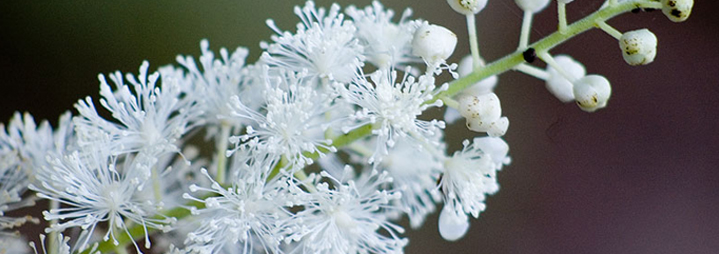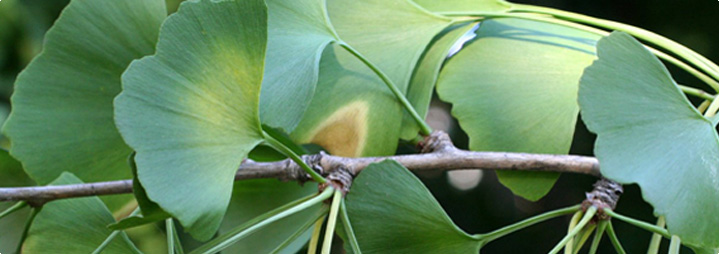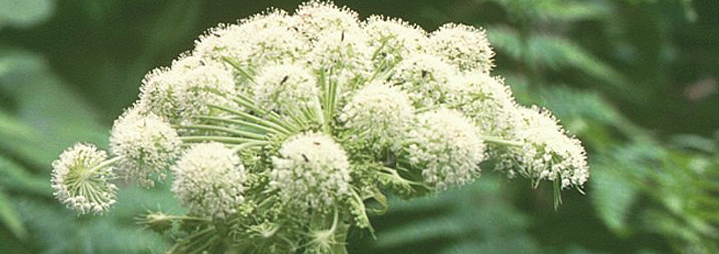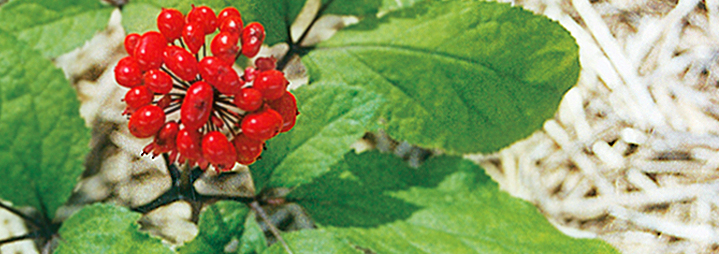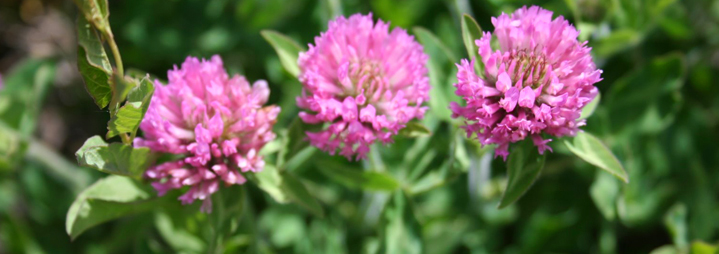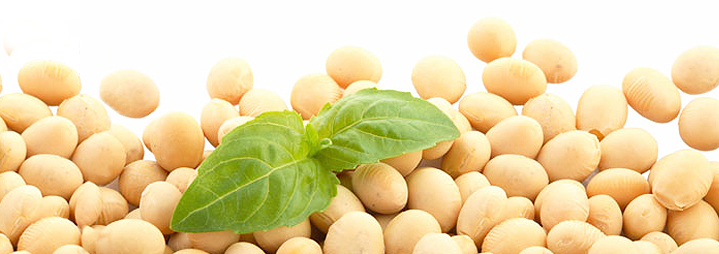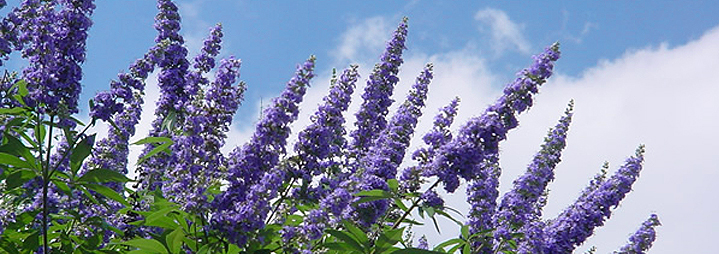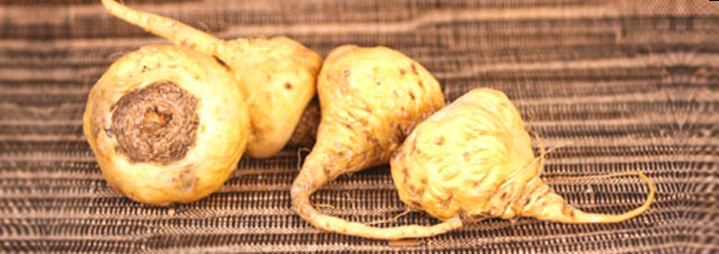What Are The Side Effects of Using Soy to fight Menopause Symptoms?
Cheap, convenient, and seemingly everywhere, soy products have been growing in popularity in recent years as a safe way to treat menopausal symptoms. But before you switch over to an all-soy diet, it is important to know the side effects of over-indulging in this ever-present staple. Keep reading to learn more about the risks of using Soy to treat menopause.
How Does Soy Treat Menopause?
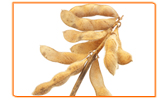 Soy is thought to contain estrogen-like properties, making it suited to treating the effects of hormonal imbalance in menopausal women. As the risks of hormone replacement therapy became apparent over the last decade, many women turned to soy products for natural relief from their menopause symptoms.
Soy is thought to contain estrogen-like properties, making it suited to treating the effects of hormonal imbalance in menopausal women. As the risks of hormone replacement therapy became apparent over the last decade, many women turned to soy products for natural relief from their menopause symptoms.
Despite its popularity, however, the benefits of using Soy as a menopause treatment have not been verified by science. Phytoestrogens, the plant compound thought to give Soy its estrogenic properties, are still largely a mystery to the scientific community. Further research is needed to establish its effect on the human body, and whether it can help replace declining estrogen levels during menopause.
What Are the Side Effects of Using Soy for Menopause?
While Soy is generally considered safe and beneficial for human consumption, it does come with its side effects. Included among the list of bad effects are:
Infertility Studies have been inconclusive to date, but some research has linked Soy consumption to lower rates of fertility.
Possible links to breast cancer While Soy is thought to decrease the risk of breast cancer in pre-menopausal women, it’s estrogenic properties may actually increase breast cancer rates in menopausal and post-menopausal women.
Thyroid disease Some studies have linked high Soy consumption to increased rates of thyroid disease.
Soy is integral to many cuisines around the world, so avoiding it entirely is all but impossible. That said, before you commit to a diet high in Soy, it is important to understand the above side effects.
Talk to Your Doctor
 If despite your best efforts, menopause symptoms are persistent, talk to your doctor about your options for relief. Lifestyle changes like improved diet and exercise are often enough to ease symptoms, but sometimes prescription medications are needed. A medical professional will be able to guide you to the appropriate option.
If despite your best efforts, menopause symptoms are persistent, talk to your doctor about your options for relief. Lifestyle changes like improved diet and exercise are often enough to ease symptoms, but sometimes prescription medications are needed. A medical professional will be able to guide you to the appropriate option.
Click the following link to learn more about soy for menopause.









